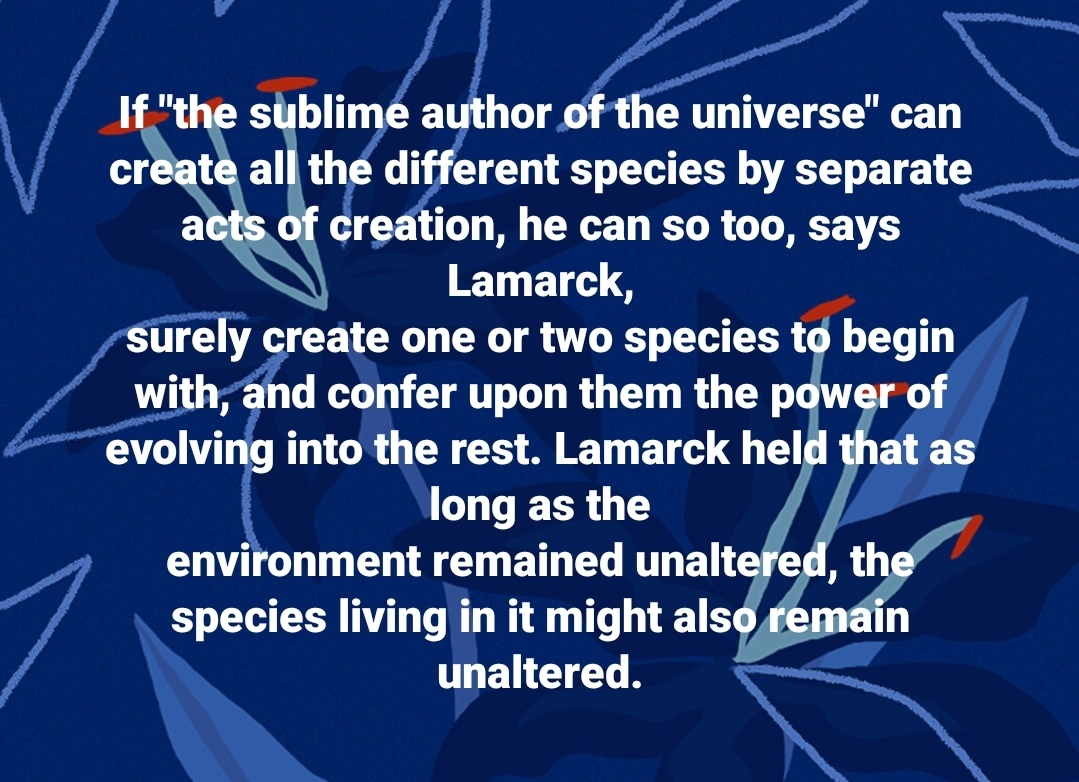"The Biological Big Bang model for the major transitions in evolution"- review
The Biological Big Bang model for the major transitions in evolution
In his 2007 paper "The Biological Big Bang model for the major transitions in evolution," Eugene V. Koonin proposed a new model for understanding the major transitions in evolution. Koonin argued that these transitions, such as the origin of multicellularity and the emergence of complex life, are not gradual processes that can be explained by traditional Darwinian evolution. Instead, he suggested that they are rapid, explosive events that are driven by the rapid proliferation of transposable elements (TEs).
TEs are genetic elements that can move around within a genome. They can insert themselves into new locations, disrupting genes and causing mutations. Koonin argued that TEs can drive major evolutionary transitions by providing a source of genetic variation. When TEs rapidly proliferate, they can create a "genetic soup" in which new combinations of genes are constantly being generated. This genetic diversity can then be acted upon by natural selection, leading to the emergence of new species and new forms of life.
Koonin's model has been controversial, but it has also generated a great deal of interest. It provides a new way of thinking about the major transitions in evolution, and it suggests that TEs may play a more important role in evolution than previously thought.
Transposable elements
Transposable elements (TEs) are sequences of DNA that can move around within a genome. They are also known as "jumping genes" or "transposons." TEs can be divided into two main types:
Class I TEs are self-transposable elements, which means that they can move around on their own.
Class II TEs are non-self-transposable elements, which means that they can only move around with the help of a helper protein.
TEs are found in all living organisms, including bacteria, archaea, and eukaryotes. They are thought to have originated billions of years ago, and they have played a major role in the evolution of life.
TEs can have a variety of effects on the genome. They can insert themselves into genes, disrupting their function. They can also delete genes, leading to the loss of genetic information. TEs can also increase the genetic diversity of a population by creating new combinations of genes.
The role of TEs in evolution is still being debated. Some scientists believe that TEs are harmful and that they should be eliminated from the genome. Others believe that TEs are beneficial and that they play an important role in adaptation and speciation.
Bush of life
The bush of life is a model of evolution that emphasizes the importance of horizontal gene transfer (HGT). HGT is the process by which genes are transferred from one organism to another, not through reproduction. This can happen through mechanisms such as transformation, transduction, and conjugation.
The bush of life model suggests that evolution is not a tree-like process, with a single ancestor branching out into many descendants. Instead, it suggests that evolution is more like a bush, with many different lineages intermingling and exchanging genes.
The bush of life model is supported by a growing body of evidence. For example, studies of the genomes of different organisms have shown that they share many genes that are not present in their common ancestor. This suggests that these genes have been transferred between lineages through HGT.
The bush of life model has important implications for our understanding of evolution. It suggests that evolution is more fluid and dynamic than we once thought. It also suggests that HGT is a more important force in evolution than previously thought.
Outside of neodarwinism
Neodarwinism is the modern synthesis of Darwinian evolution and Mendelian genetics. It is the most widely accepted theory of evolution today.
Neodarwinism emphasizes the importance of natural selection in driving evolution. It argues that natural selection acts on genetic variation, leading to the evolution of new species and new forms of life.
The Biological Big Bang model, transposable elements, and the bush of life model are all examples of theories that are outside of neodarwinism. These theories suggest that natural selection is not the only force driving evolution. They also suggest that evolution is more fluid and dynamic than neodarwinism suggests.
These theories are still controversial, but they are generating a great deal of interest. They provide a new way of thinking about evolution, and they may eventually lead to a new synthesis of evolutionary theory.
Dr Craig Venter of the Human Genome Project tells Darwkins there is no Darwin's tree of life.
Article
https://biologydirect.biomedcentral.com/articles/10.1186/1745-6150-2-21





Comments
Post a Comment